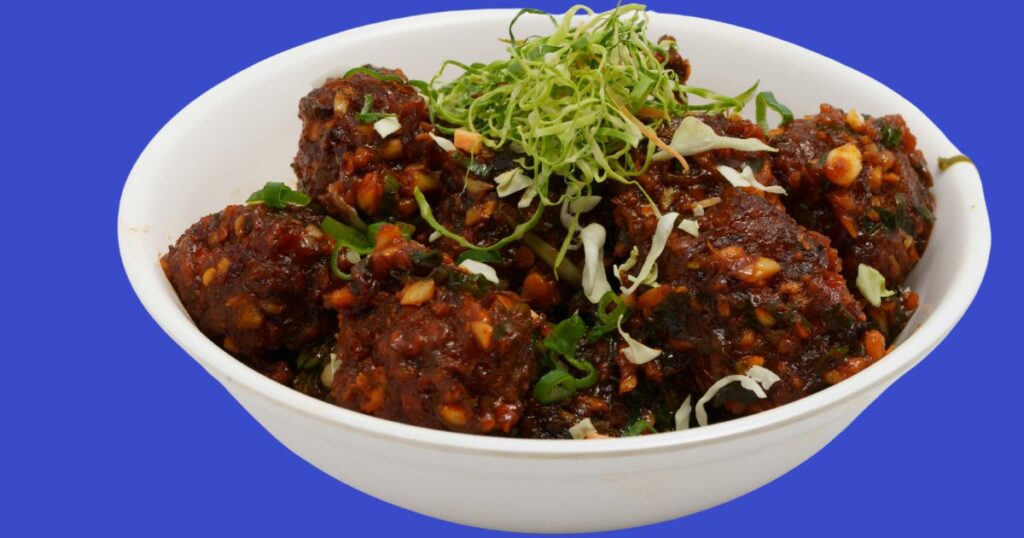Introduction
main component of chicken biryani-chicken-biryaniis not merely a meal but a feast for senses, culture, and art. This world-favorite recipe brings together pungent spices, soft chicken, and well-prepared rice to serve a meal that is both filling and delicious. But what gives a good chicken biryani its greatness? Let us have a closer examination main component of chicken biryani ingredient and other ingredients that make this dish so beloved
.What Makes Chicken the Star of Chicke
The moment you hear “chicken biryani,” the first word that strikes your mind is chicken. The chicken is certainly the hero of the dish and its prime ingredient. It is well marinated in a blend of spices, yogurt, and occasionally lemon juice so that it tastes good and is tender. Why is chicken so central to biryani, though?
Versatility and Richness
Chicken carries a subtle but flavorful taste that readily soaks up the spices and marinade employed in biryani. Either bone-in pieces or boneless cuts, chicken promises to deliver a tender bite with each spoonful. Its broad consumer acceptance turns chicken biryani into a favorite for family meals, parties, and even informal get-togethers.
Protein-Packed
Aside from its flavor, chicken is also high in protein, and it is an excellent nutritious ingredient for biryani. Chicken provides richness and a meaty texture that brings the balance of the dish together, making it half-flavorful and half-filling.

Cooking Methods
Chicken in the biryani can be cooked in so many ways—grilled, fried, or cooked slowly. Each technique has its own contribution, but there’s one commonality—the marinated
chicken comes with delectable, juicy textures that instantaneously win your senses.
The Integral Function of Rice in BiryaniWhereas chicken is at the center of biryani, rice lies at its back. Without richly prepared long-grain basmati rice, the experience of biryani would somehow fall short. But it won’t be anything but basmati.
Why Basmati Rice?
Traditionally, basmati rice is the choice for the unique aroma, length of the grains, and fluff of biryani. The rice should be finely cooked so as not to remain too mushy or too rigid—it should rather support the chicken, not dwarf it.
Layering is Key: main component of chicken biryani
The rice is stacked alternately with chicken, caramelized onions, and spices, and then cooked together for a process called “dum.” Slow cooking is done to allow the rice to imbibe the juices and the flavor of the chicken and spices, giving rise to an unforgettable culinary symphony of taste.
The Spice Symphony That Defines Biryani
What distinguishes biryani from other rice preparations is its distinctive medley of spices. From the earthy cumin to the aromatic cardamom, chicken biryani uses a variety of spices that provide a perfect blend of heat and aroma.
Key Spices in Chicken Biryani
Cardamom, Cinnamon, an
Turmeric and Saffron: They provide a golden color while enriching the flavors.
Red Chili Powder and Green Chilies: Add the hot kick many biryani enthusiasts crave. Cloves: These warm spices are the foundation of biryani’s scent.
Coriander and Cumin: Combine earthiness and freshness for depth of flavor.
Bay Leaves and Star Anise: These are typically added when cooking the rice to add delicate, aromatic flavor.
All of these spices complement each other to make the dish and provide each bite with
Supporting Ingredients That Bring It All Together
While chicken, rice, and spices take center stage, other ingredients play pivotal roles in enriching the dish:
Caramelized Onions
Sweet and savory, caramelized onions are layered with chicken and rice, adding a touch of sweetness and depth.
Yogurt
Used in the marinade, yogurt tenderizes the chicken while providing a subtle, tangy flavor that ensures the dish remains balanced.
Herbs
Fresh mint and cilantro leaves add a burst of freshness to offset the richness of the chicken and spices.
Nuts and Dried Fruits (Optional)
Some variations of chicken biryani include cashews, almonds, or raisins, adding a luxurious texture and a hint of sweetness.
Ghee or Oil
A drizzle of ghee (clarified butter) enhances the dish’s richness, bringing all the flavors together seamlessly.
conclusion
The beauty of chicken biryani lies in the harmony of its components—chicken, rice, spices, and supporting ingredients—all combined through the slow-cooking dum process to create layers of flavor and aroma. It’s no wonder that chicken biryani has become a global dish, enjoyed across different cultures with slight regional twists.
Whether you’re savoring a plate at a friend’s dinner party or preparing it as a weekend treat, chicken biryani is a dish that connects people, cultures, and flavors in the most delicious way.
Frequently Asked Questions About Chicken Biryani
1. What is the secret to a perfect chicken biryani?
The key is in the balance of spices, the quality of the chicken and basmati rice, and the dum (slow-cooking) technique that allows all the ingredients to harmonize.
2. Can I use boneless chicken for biryani?
Absolutely! While bone-in chicken is traditional as it adds depth to the dish, boneless chicken works well for a quicker and easier version.
3. What is the best rice-to-meat ratio for biryani?
A 1:1 ratio is commonly used, but this can vary based on personal preference or the specific recipe.
4. How do I keep the rice from becoming mushy?
Parboil the rice and layer it with the chicken and spices carefully. The “dum” cooking technique ensures the rice remains fluffy and flavorful.
5. Can chicken biryani be made healthier?
Yes! Replace ghee with olive oil, use lean boneless chicken, and reduce the amount of oil and fried onions for a lighter version of this beloved dish.
punch of flavor.
